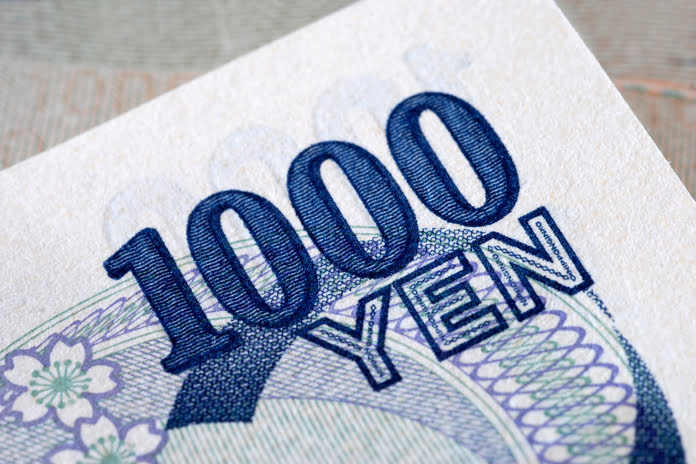The Japanese yen recently reached an 11-month high of 149.71 yen per dollar, coming close to the 33-year high of 151.95 yen per dollar seen last October. Eisuke Sakakibara, a former top Japanese currency official known as “Mr. Yen,” believes that the Japanese government may consider intervening in the foreign exchange markets if the yen continues to strengthen, especially if it goes beyond 150 against the dollar and raises concerns as it approaches 155.
Sakakibara, who oversaw multiple currency interventions during his tenure as Japan’s vice finance minister for international affairs in the late 1990s, suggests that the Japanese government is likely to wait for a change in the Federal Reserve’s policy direction before taking action. The yen’s recent weakness can be attributed to the strengthening of the U.S. dollar, driven by expectations of higher U.S. interest rates.
Last year, the Japanese government conducted three separate interventions, spending over $60 billion to support the yen when it initially rose to 146 yen per dollar and then again near 152 yen per dollar. Sakakibara believes that the government may need to allocate a similar amount or even more should they intervene again to stabilize the yen. He suggests that verbal interventions to influence the yen’s value could be more effective after actual intervention occurs. However, Sakakibara thinks that the yen could potentially approach 160 yen per dollar without government intervention.
The yen experienced a sharp decline last year from its 33-year high following massive intervention efforts by Japan. Top currency official Masato Kanda had expressed concerns about the yen’s rapid and one-sided movement. Japan then carried out its largest-ever intervention, worth 5.6 trillion yen ($37.8 billion), according to Japan’s Ministry of Finance. The possibility of Japanese intervention is once again on the market’s radar after Kanda stated that Japanese officials are “ready” to intervene in the currency market if necessary, potentially with the understanding of U.S. authorities, as U.S. Treasury Secretary Yellen indicated that such intervention by Japan would be “understandable” if aimed at reducing volatility.
Japan holds substantial firepower for currency intervention, with foreign currency reserves totaling $1.25 trillion as of the end of August, surpassing the reserves held during previous interventions in 1998. However, it’s essential to recognize that currency intervention provides only a temporary solution unless underlying economic fundamentals that support currency trends are addressed. Sakakibara anticipates that the yen’s fortunes may change after the Federal Reserve’s meeting in December, with the possibility of rising interest rates in Japan next year. He suggests that if U.S. monetary policy shifts in the near future, the yen could start strengthening toward 130 yen per dollar.
Featured Image: Freepik









